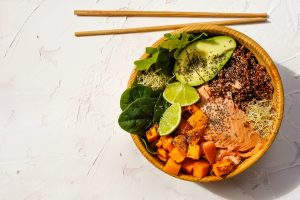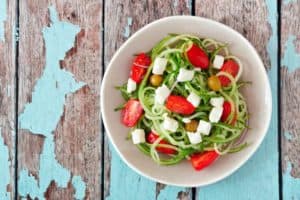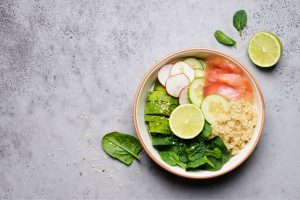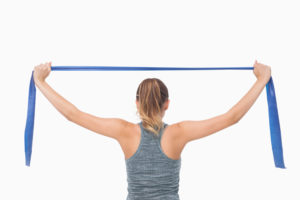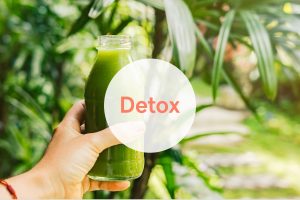So, your goal is to lose body fat.
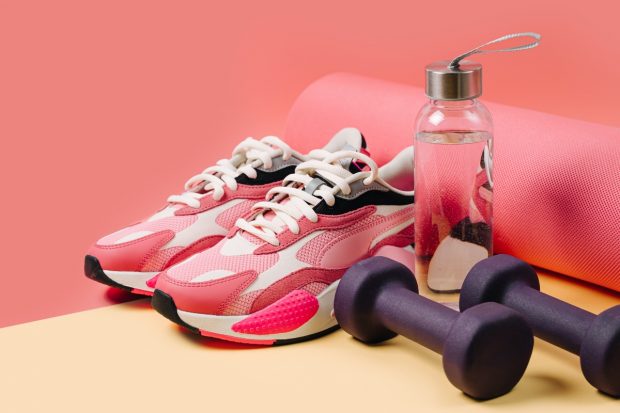
You’ve probably been busy reading up on all the tips and tricks to shed weight and lose fat. Talk about information overload!
One article claims, “lose 10 pounds in one week,” while another promises you’ll burn 1,000 calories without breaking a sweat.
We want to cut through the crap and identify the healthiest and safest ways for you to lower your body fat percentage. Here’s our list of the top 3 ways to lose body fat in a healthy and sustainable way.
#1 Exercise for Fat Loss

The constant debate between cardio and weight training for fat loss is enough to make your head spin. While there’ve been multiple studies on the topic (all with different results), the jury’s still out.
Some claim aerobic exercise leads to greater weight loss, while others suggest strength training beats out cardio on any given day.
Forget about science and just get moving! Do what you enjoy and reap the benefits of improving your health and overall well-being.
Strength Training for Fat Loss

An increase in the amount of muscle in your body increases your metabolism, which leads to significant fat loss. More muscle equates to a greater basal metabolic rate (BMR)—the number of baseline calories you’ll burn each day regardless of activity. By adding strength training to your fitness plan at least 2-3 times per week, you’ll burn more calories at rest, making it easier to lose fat and maintain your weight.
And if you’re looking for the perfect strength training program for fat loss, we recommend high-intensity interval training (HIIT). HIIT workouts mix strength training with cardiovascular exercises, making it one of the most effective fitness programs for fat loss. In a typical HIIT class, you can expect short bursts of intense exercise combined with periods of rest or low-impact activity.
In a 20-minute timeframe, you could burn up to 273 calories in a HIIT class compared to 150 calories expended by jogging.
Alternating between hard-charging intervals and short rest periods elevates your heart rate to at least 70 percent of its maximum capacity, which is the optimal fat-burning zone.
According to research, HIIT burns more calories than most aerobic activities, including running. In a 20-minute timeframe, you could burn up to 273 calories in a HIIT class compared to 150 calories expended by jogging.
Cardio Training for Fat Loss

Of course, cardio is a great way to burn fat. In a 60-minute spin class, you can burn over 300 calories, which leads to a significant calorie deficit. However, it might not be fat that you’re losing. Performing cardio at a high-intensity level means you’re most likely burning muscle or your body’s protein stores rather than fat as the main energy source.
Performing cardio at a high-intensity level means you’re most likely burning muscle or your body’s protein stores rather than fat as the main energy source.
You’ve heard of the fat-burning zone, right? That’s the range your heart rate should be pumping in order to use fat as the main fuel source. The fat-burning zone is around 70% of your max heart rate (220 minus your age) and favors low-intensity activities. Therefore, a highly intense 60-minute cardio class won’t shed as much fat as you may think. To do that, you’d have to run, bike or climb at a slow and steady-state for the entire hour. How boring is that?
That’s exactly why HIIT is so beneficial. It’s intense, but the short bouts of work and rest keep your heart rate guessing and ensure it remains in the fat-burning zone throughout the duration of the workout. Not only that, it’s the best of both worlds—the perfect combination of strength training and cardio.
#2 Eating for Fat Loss
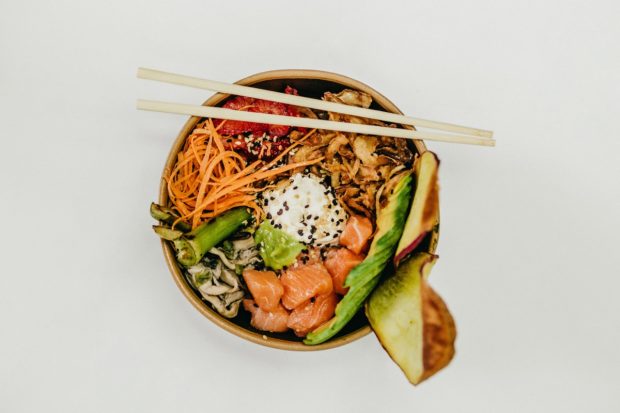
Experts suggest the best diet for fat loss consists of nutrient-dense, natural foods and being mindful of portion sizes.
If it doesn’t run, fly, swim or grow from the ground, it’s not food.
“If it doesn’t run, fly, swim or grow from the ground, it’s not food.” Natural foods don’t contain additives, preservatives or funny words you can’t pronounce. By filling your plate with fruits, leafy green vegetables, quality protein, whole grains and healthy fats, you’ll create meals that are colorful, delicious and chocked full of nutrients. Not only that, you’ll crowd out foods that don’t deserve to be on your plate in the first place.
Gymondo Magazine: Nutrient-Dense Foods to Add to Your Diet
By adding nutrient-dense food to your diet, you’ll fill up a lot faster than eating a burger and fries!
The more nutritious sources of energy you feed your body with, the more it will want to use them—your training will improve, you’ll burn more calories, you’ll build more muscle and you’ll lose more body fat. Aim for a balance of lean red meat, fresh fish, complex carbs and lots of fruits and vegetables.
And don’t forget to drink lots of water.
Dehydration causes your performance to suffer, so you won’t be able to train as intensely. This means you won’t burn as many calories during workouts. Drink at least 2 liters of water per day.
#3 What to Eat and Drink in Moderation

If you’ve been training hard and eating healthy, you deserve an occasional reward meal. Sticking with the ‘keep everything in moderation’ concept, here are two recommendations for what to reduce in your diet to ensure fat loss:
Gymondo Magazine: The Shocking Results of What Calories Look Like in Different Foods
Alcohol
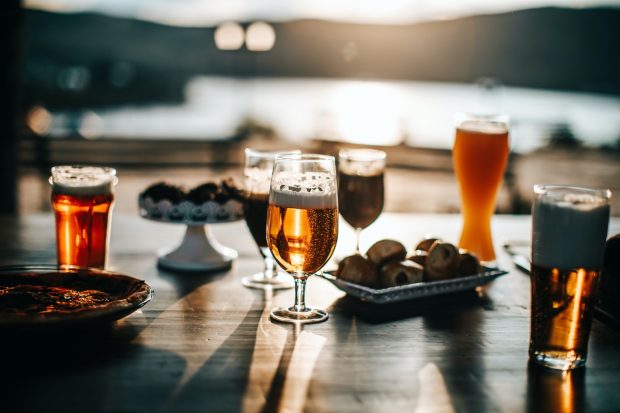
The hidden (and empty) calories in alcohol are hard to avoid thanks to their association with weekend celebrations and unwinding with friends. However, calories from alcohol can quickly add up, especially when most drinks are mixed with sugary sodas or juices. A few drinks equate to the number of calories found in heavy meals or snacks.
Fried Foods and Processed Foods
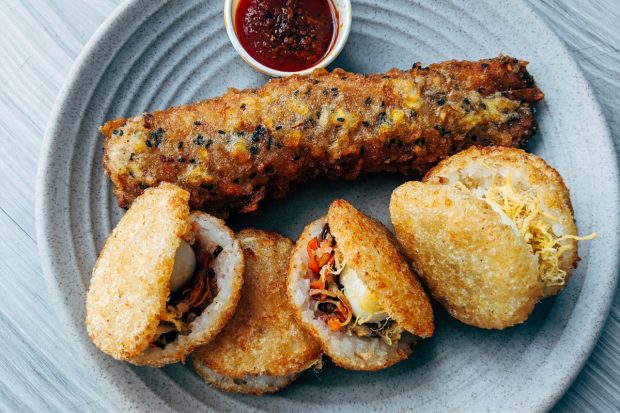
Have you ever noticed how full you are after a nutrient-dense meal—think salmon with asparagus and sweet potatoes? But down a bucket of fried chicken with a side of fries and you can still eat that slice of pie afterward. There’s a reason for this. Nutrient-dense foods fill you up, while fried foods or processed foods pack a calorie wallop without satiation.
The lesson: limit your intake of fried and processed foods and focus on the good stuff. Add nutrient-dense meals to your diet to keep burning that fat.
Gymondo Magazine: Addicted to Junk Food? Here Are 7 Proven Ways to Detox
Are you ready to smash some Gymondo workouts and nutrition goals to lose fat? Of course you’re ready! We’ll be waiting for you on the mat! It’s time to train like a boss!



